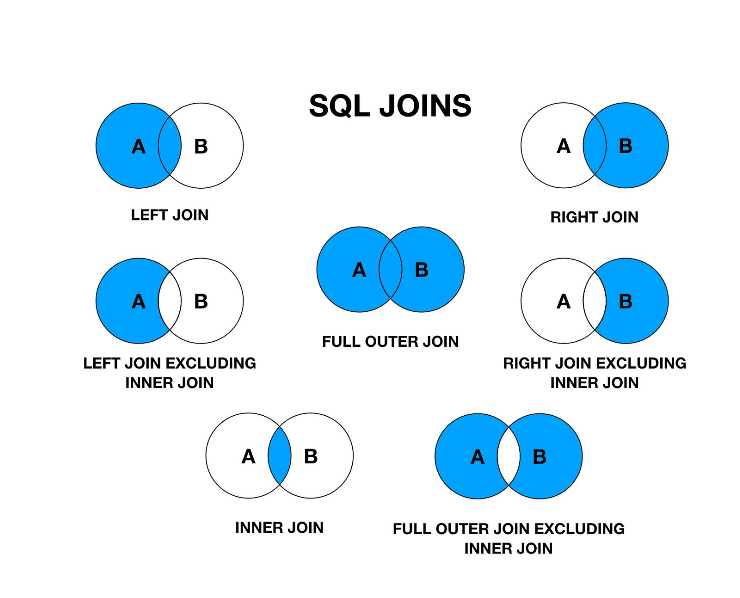Structured Query Language 2
Constraint
1 | col datatype <constraint> # in create table |
Primary key
NOT NULL + UNIQUE
usually use id as primary key
1 | col datatype primary key auto_increment; |
For insert after delete/truncate
delete no impact on auto_increment
truncate: auto_increment from 1
Foreign key
field(s) in one table, referring to the primary key in another table
child table: with the foreign key
- value of foreign key is either from parent table or null
parent table: with the primary key
- col cited should be unique(usually use primary key)
1 | [constraint] [foreighKeyName] foreign key referneces ParentTable(colName); |
delete foreign key constraint:
1
alter table <childTable> drop foreign key <foreignKeyName>;
default
check (boolean expression)
- not on columns with auto_increment
- no storing functions whether user defined or otherwise
- no subqueries
- omitted or “enforced” / not enforced : create and (not) enforced
on update cascade on delete cascade(when create table)
- update/delete the rows from child table automatically when rows from parent table are deleted
join
Combine rows from two or more tables
1 | select */col(s) from <leftTable> [inner] join <rightTable> on expression; |
left [outer] join
match the records from left table with those from the right table.
display if available else display null
right [outer] join
Conversely

Cross Join(Cartesian Product)
Return the Cartesian product of two tables
Self Join
Join of a table to itself, used to compare rows within the same table
TPL
1 | start transaction; |
DQL autocommit by default in mysql
check if autocommit is true
1 | select @@autocommit; |
cancel
1 | set autocommit=0; |
savepoint
1 | savepoint <savepointName>; |
Transaction isolation
transaction
- Atomicity
- Consistency
- Isolation
- Durability
isolation level

the higher of the isolation level, the worse performance, but better safety
Issues
Dirty read: when transact A, read uncommitted data from B
Non-repeatable read: a transaction gets different values when queried again
Phantom read: the second query, under the same conditions as the first query, retrieved rows of data that the first
query did not
Syntax
1 | select @@transaction_ioslation; # get isolation level |
str:
‘read uncommited’
‘read commited’
‘repeatable read’
‘serializable’
Explain
| Column | Meaning |
|---|---|
| id | SELECT identifier |
| select_type | SELECT type |
| table | The table for the output row; in the order of being read |
| partitions | The matching partitions |
| type | Join type |
| possible_keys | The possible indexes to choose |
| key | The index actually chosen |
| key_len | The length of the chosen key |
| ref | The columns compared to the index |
| rows | Estimate of rows to be examined |
| filtered | Percentage of rows filtered by table condition |
| Extra | Additional information |
| system | one record in the table; = const,eq_ref, index, all …… |
select_type
simple: no union or subquery
primary: the outermost select
union: the second layer
subquery: the second select in subquery
Index
Single Column Index
Normal Index
when create table
1 | index/key <indexName>(colName(length)) |
Unique Index
1 | unique index <indexName>(colName(length)) |
Primary Key Index
not allowed with null values
1 | primary key <indexName>(colName(length)) |
Composite Index
1 | index <indexName>(col1(length),...,colN(length)) |
most left prefix principle: the leftmost prefix is utilized for searching and filtering data
Full-text Index
only on myISAM engine
only char, varchar,text type
get the required rows through key words
1 | fulltext index <indexName>(col(len)) |
- need to use match() func
- at least 4 characters
Spatial Index
1 | spatial index <indexName>(col(len)) |
Types
- geometry
- point
- linestring
- polygon
Funcs
concat(str1,…)
locate(substr,str) / instr(str,substr) : return the position of the first occurence of substr in str
left(str,len) / right(str,len) : return the left/right len characters of str
substring(str,pos): substring from pos to the end
trim(str): remove the leading and trailing spaces
ltrim(str): rm leading
rtrim(str): rm trailing
replce(str,from_str,to_str): replace from_str with to_str in str
repeat(str,times): repeat str for times
reverse(str): reverse str

